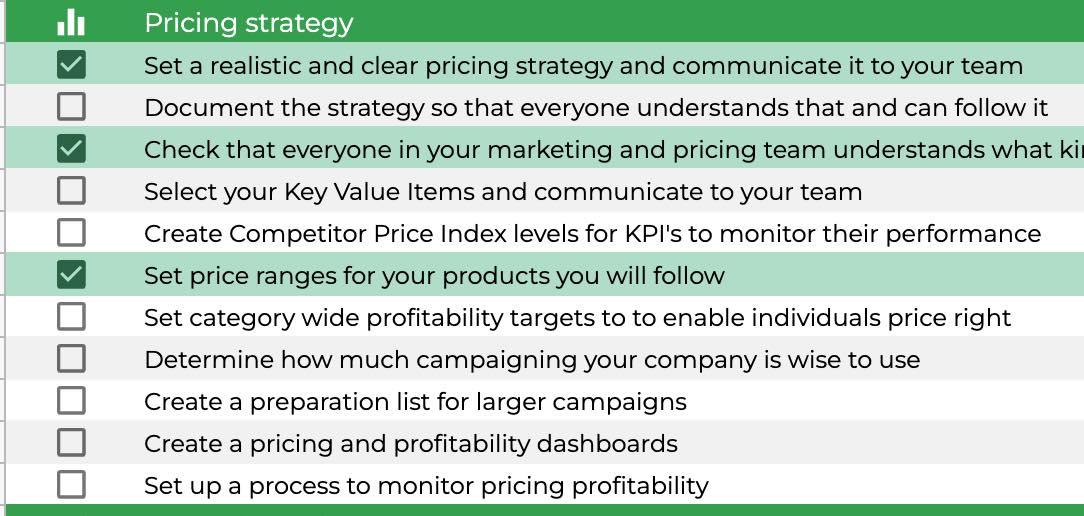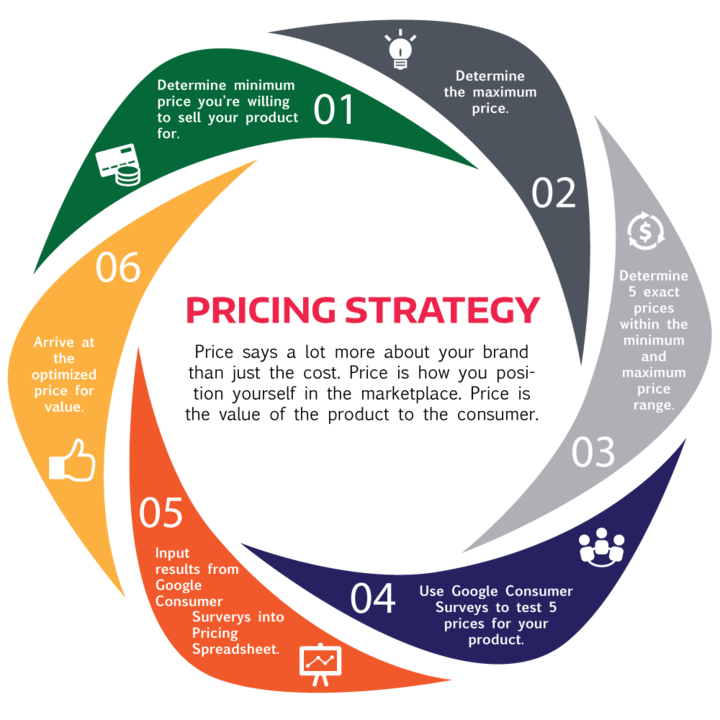The Trick Perks of Using Tiered Pricing Strategy for Your Business
The Trick Perks of Using Tiered Pricing Strategy for Your Business
Blog Article

Master Effective Prices Approaches to Make The Most Of Profit
In the ever-evolving landscape of business, grasping effective prices methods is vital for companies aiming to make the most of earnings. A nuanced understanding of prices psychology can significantly affect customer behavior and purchasing decisions.
Understanding Rates Psychology
Comprehending pricing psychology is critical for businesses aiming to maximize their prices strategies. This field analyzes just how customers view prices and how these perceptions influence their investing in decisions. Key ideas in prices psychology include the anchoring impact, where the preliminary price presented functions as a referral factor for consumers, and the concept of cost sensitivity, which varies amongst different consumer sections.
Additionally, services can take advantage of the notion of viewed value, where the regarded advantages of a service or product can validate a greater cost factor. As an example, costs rates can create a mood of exclusivity, bring in customers who link higher costs with superior high quality. On the various other hand, mental prices, such as establishing a price at $9.99 rather than $10, can considerably impact consumer behavior by making costs appear more appealing.
In addition, deficiency and urgency can boost the viewed worth of products, motivating quicker buying decisions. Understanding these emotional triggers enables organizations to create pricing approaches that not only drive sales however likewise foster customer commitment. Thus, grasping rates psychology is necessary for efficient prices strategy formulation, leading to boosted profitability and market positioning.
Applying Value-Based Rates

First, conduct thorough market study to identify the value vehicle drivers for your target audience. This can consist of functions, top quality, brand name credibility, and customer solution. Next off, segment your customers based upon their willingness to pay and the value they perceive. By doing so, you can customize offerings and rates strategies to align with different segments.
After gathering understandings, collection costs that reflect the optimum amount a consumer agrees to pay, making certain that they perceive a fair exchange for the worth got. Communicate the value recommendation successfully, highlighting the advantages and differentiators of your offering. Constantly check market problems and customer feedback to fine-tune your pricing approach over time. By carrying out value-based prices, companies can enhance productivity while promoting long-lasting customer loyalty.
Checking Out Dynamic Pricing Designs
In today's quickly changing market landscape, dynamic rates models have arised as an effective approach for services looking for to enhance income and react to fluctuations popular. These versions permit business to adjust their rates in real-time based on numerous variables such as consumer habits, market trends, and stock degrees. By leveraging information analytics and algorithms, services can recognize optimal prices factors that maximize sales while staying competitive.
Dynamic rates can take numerous types, including time-based prices, where rates vary based on time of day or period, and demand-based pricing, which readjusts prices according to existing consumer demand. This adaptability not just boosts success yet also boosts customer contentment by supplying rates that mirror real-time market conditions.
Applying vibrant prices calls for a durable technological facilities and a deep understanding of customer sections. Transparent communication regarding prices adjustments can assist reduce consumer frustration and foster count on, inevitably leading to continual earnings in an affordable industry.
Studying Competitor Pricing
Keeping track of competitor prices is essential for businesses aiming to maintain an one-upmanship in their particular markets. By analyzing rivals' rates strategies, firms can recognize market trends, comprehend consumer choices, and change their prices appropriately. This evaluation includes event information on competitors' costs, promotional methods, and product offerings to notify pricing choices.
To successfully assess competitor prices, services must use various tools and methods, such as price monitoring software application, marketing research records, and consumer responses. This information can reveal exactly how competitors position their services and items, enabling companies to differentiate their offerings or take on similar methods to remain relevant.
Furthermore, it is crucial to categorize competitors right into straight and indirect competitors. Direct competitors offer similar service or products, while indirect rivals might satisfy the very same customer demand with different options. Comprehending the nuances between these groups will certainly enable services to customize their rates methods extra successfully.
Ultimately, continuous competitor rates analysis is crucial for making visit the site informed prices choices. It allows businesses to continue to be agile in reaction to market changes, ensuring they can take opportunities and mitigate risks associated with pricing techniques.
Reviewing Prices Performance
Recognizing exactly how rival prices influences market dynamics leads to an all-natural focus on assessing rates efficiency within one's own business. This analysis is vital for identifying areas of toughness and opportunities for enhancement, ultimately enhancing profitability.

In addition, performing regular rates audits can reveal discrepancies between expected and real efficiency. This includes contrasting rates information throughout various sections and channels to understand variances and recognize trends. Moreover, integrating client feedback can give insights right into perceived worth versus actual pricing, making certain positioning with market expectations.
Last but not least, leveraging information analytics tools can promote much deeper understandings into prices efficiency, allowing services to make data-driven adjustments (Pricing Strategy). By continually assessing pricing efficiency, organizations can adapt to market modifications and enhance their approaches, guaranteeing sustained profitability in a competitive landscape
Final Thought
Effective rates methods are necessary for taking full advantage of earnings in a competitive market. By leveraging pricing psychology, businesses can enhance perceived worth and tailor pricing to varied client sectors. The fostering of dynamic and value-based prices designs facilitates real-time modifications based upon demand and consumer willingness to pay. Additionally, constant analysis of rival prices and efficiency metrics makes certain critical agility. Eventually, an extensive approach to pricing not only drives earnings learn the facts here now but likewise fosters consumer satisfaction and loyalty.
Understanding prices psychology is critical for businesses intending to optimize their prices approaches. Understanding these psychological triggers allows organizations to develop rates approaches that not only drive sales but likewise foster customer loyalty. Thus, understanding rates psychology is necessary for check here efficient prices strategy formulation, leading to boosted productivity and market positioning.
By evaluating rivals' rates techniques, companies can identify market patterns, recognize customer preferences, and change their pricing appropriately. By leveraging pricing psychology, organizations can boost perceived worth and tailor prices to diverse consumer segments.
Report this page